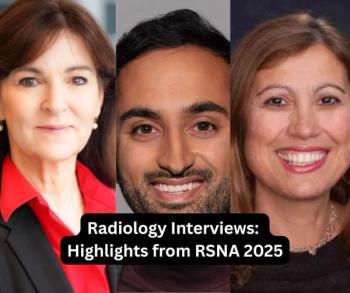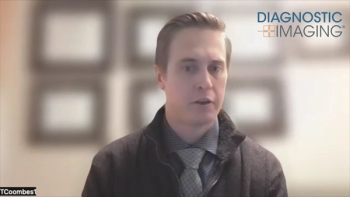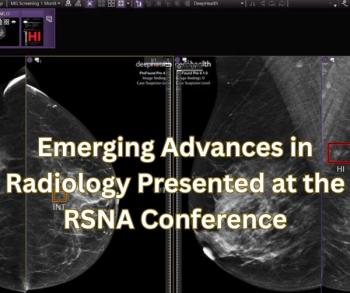
Ultrasound sails over the goalposts
Football has a lot of firsts. The first night game: Nov. 6, 1929; first championship game: Dec. 17, 1933; first Super Bowl: Jan. 15, 1967. In football, as in anything, firsts get harder to find after a while. So those who want to score and keep track of
Football has a lot of firsts. The first night game: Nov. 6, 1929; first championship game: Dec. 17, 1933; first Super Bowl: Jan. 15, 1967. In football, as in anything, firsts get harder to find after a while. So those who want to score and keep track of firsts have to narrow the focus.
Real sports trivia fans know, for example, that Baltimore was the first U.S. city to win a championship in the Canadian Football League. Garo Yepremian was the first Detroit Lions player to kick six field goals in a National Football League game. And the Miami Dolphins were the first team since the 1970 merger of the American and National Football Leagues to twice open a season with 10 or more consecutive wins.
First collectors have been busy in imaging, too. In June, the world's first volume CT (VCT) system, developed by GE Healthcare, began scanning patients. In July, Philips installed the first compact whole-body 3T MR scanner in the greater New York City region. A couple of weeks ago, Siemens received clearance from the FDA for the world's first 0.35T open MR with 270û accessibility.
But there's more to football -and medical imaging-than firsts. And the crossover doesn't end there.
The best athletes and coaches are respectful when talking about each other to the press. As are industry execs when I speak with them, but never more so than when I spoke this week with Philips Ultrasound CEO Barbara Franciose. Most execs give the competition its due, but Franciose-whoa! She complimented GE on how well it's done in the U.S. ob/gyn market, crediting the company for popularizing the use of 3D in fetal imaging.
Philips dominates in echocardiography, but Franciose pointed out that Philips has been losing share. Like any good coach, she has a plan to beat the competition and, naturally, she expressed confidence in the company's latest and next generation technology. Game on.
I've gotten so used to spin doctors, talking to someone who shoots straight can was a bit, well, unsettling. And it got me thinking there ought to be an award for this.
Frost & Sullivan has its Market Engineering Award for Market Penetration. It has an award for the Diagnostic Imaging Entrepreneurial Company of the Year. It even has the Best Bang for the Buck Award. (They say it's for providing services and solutions with the highest ratio of value to cost. How do they figure that out?).
It's time somebody sponsored an award for (drum roll please) . . . Credibility.
So Barb, here you go. Congrats.
Newsletter
Stay at the forefront of radiology with the Diagnostic Imaging newsletter, delivering the latest news, clinical insights, and imaging advancements for today’s radiologists.




























